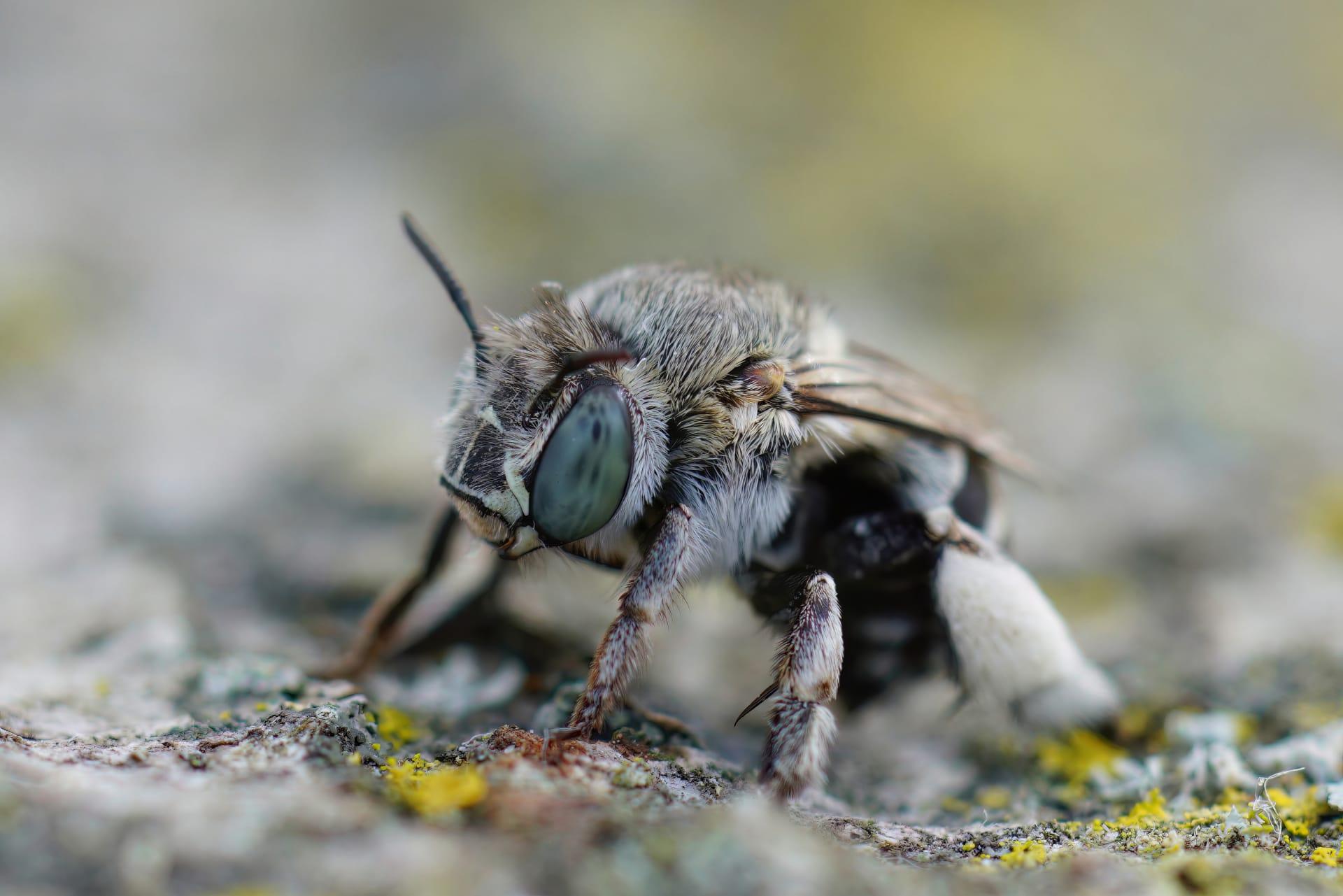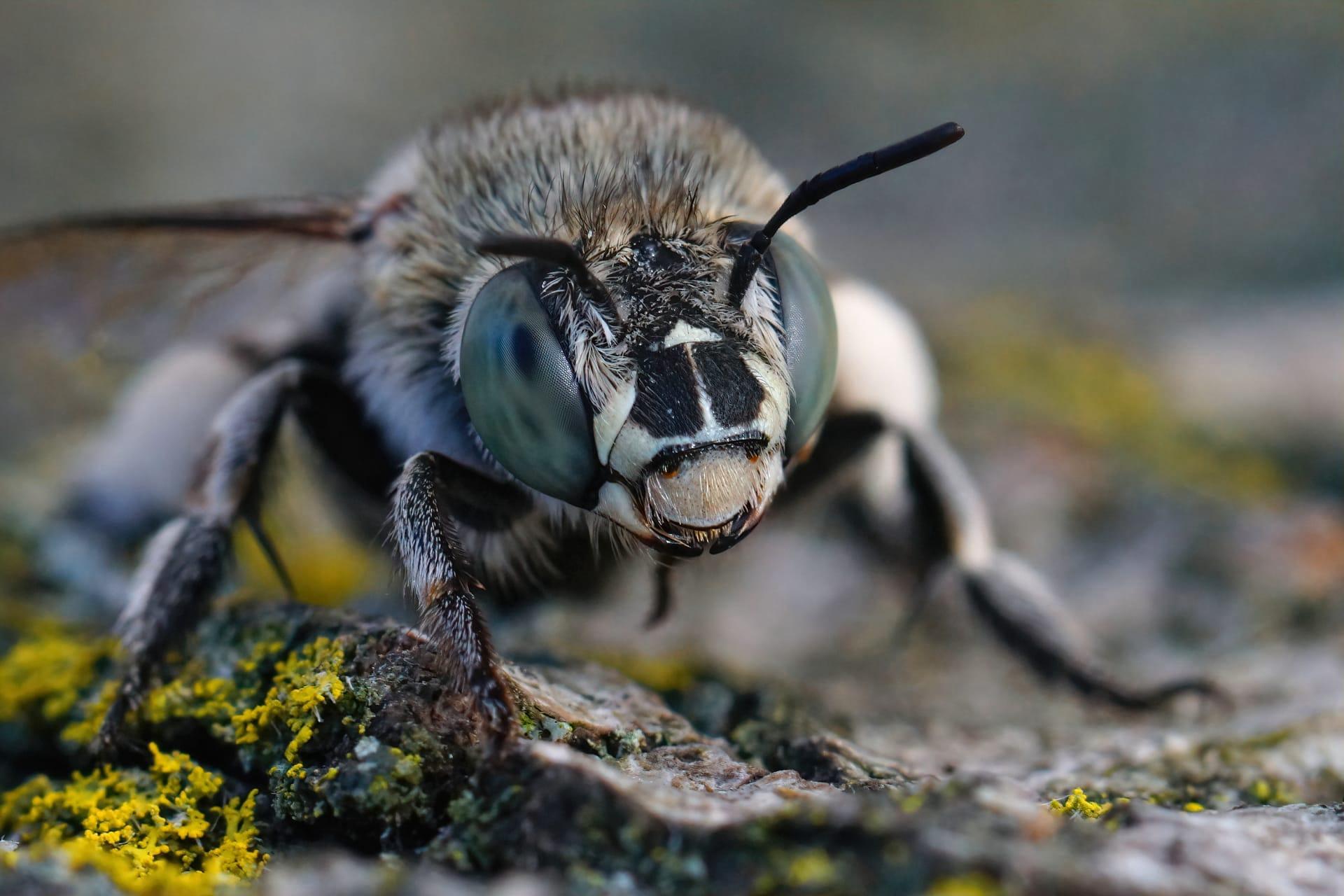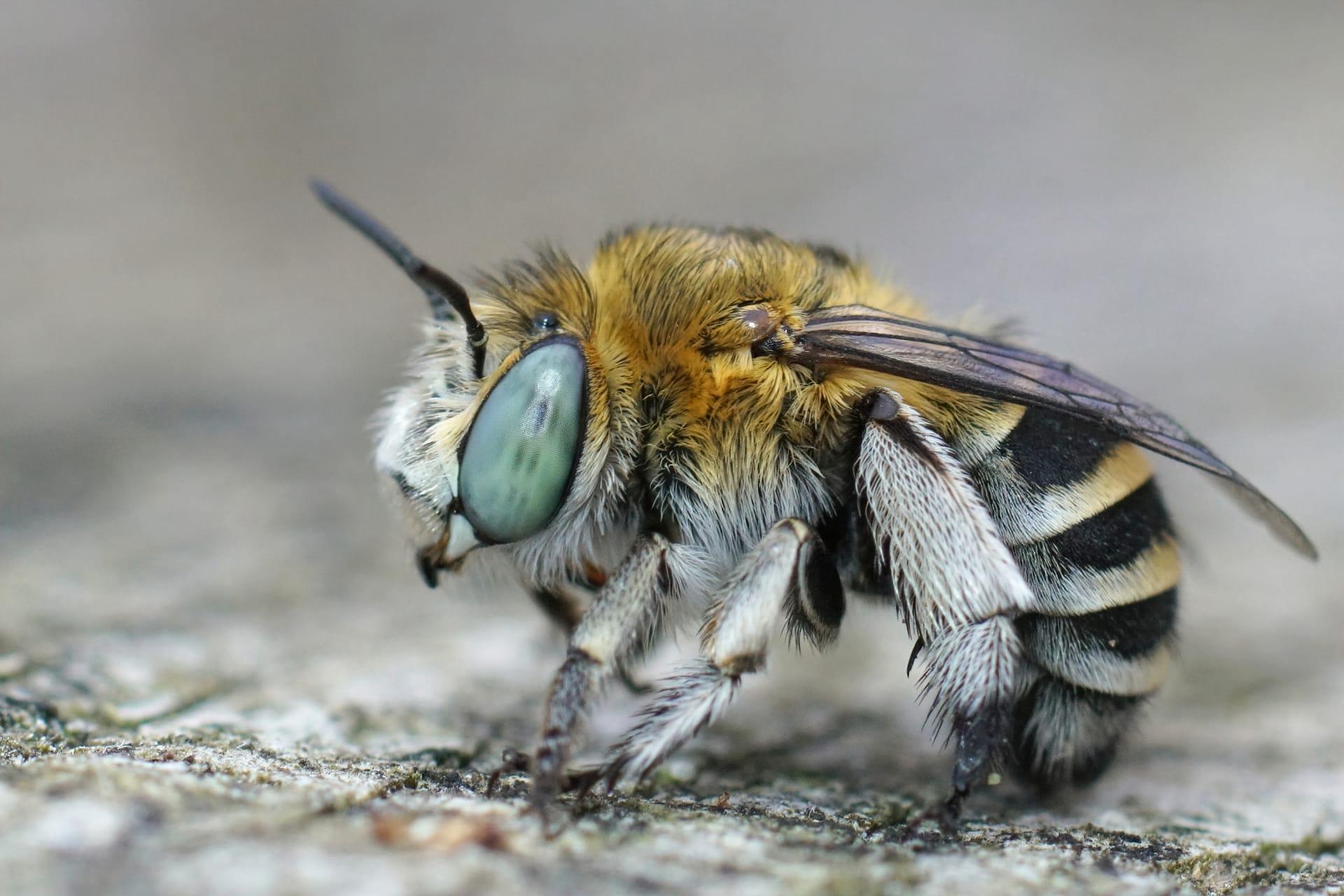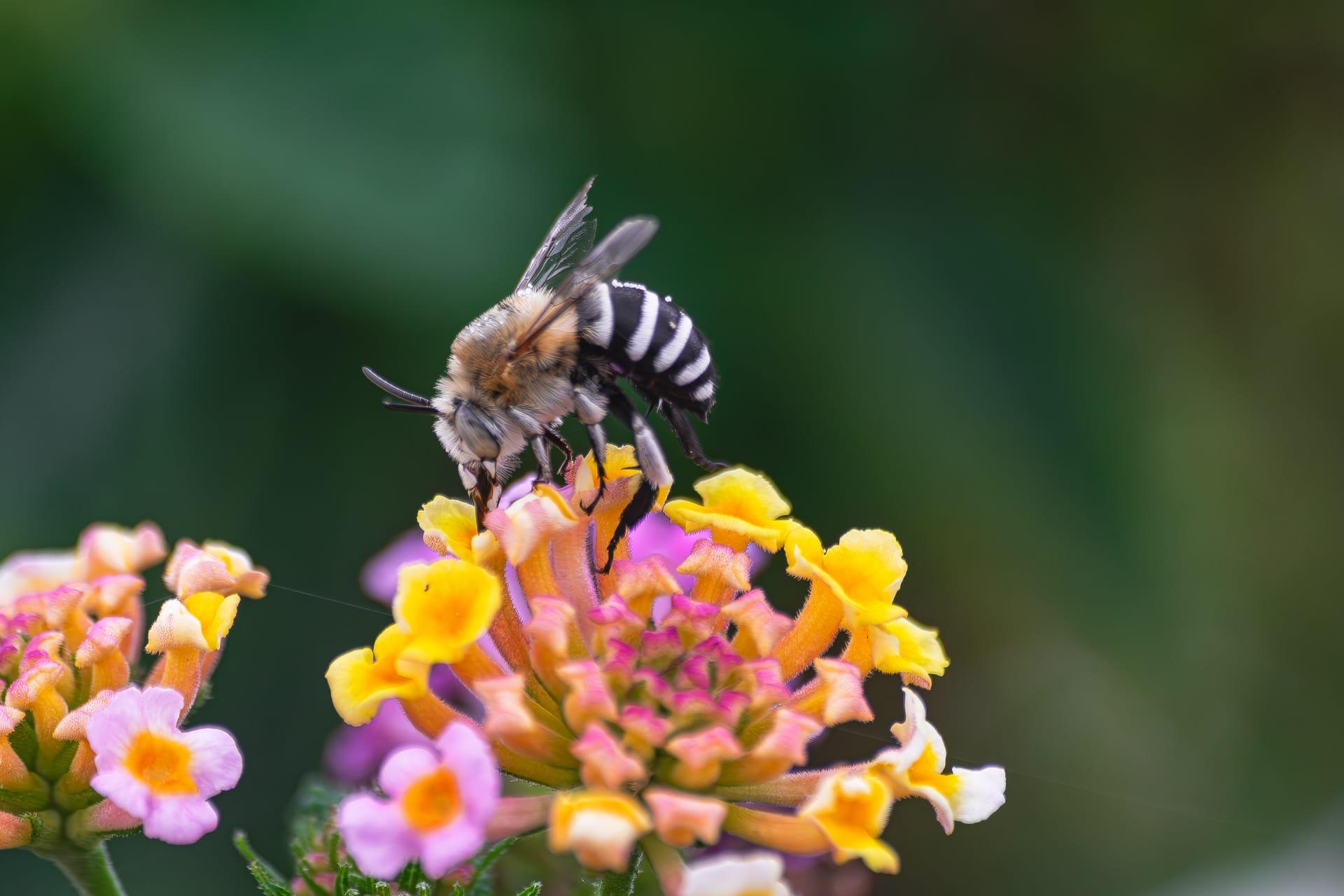Digger Bees Characteristics
- Home /
- Mini Encyclopedia /
- Animal /
- Digger Bees Characteristics
1
Digger Bees, scientifically known as Anthophoridae, are fascinating creatures known for their robust and agile bodies. Typically, they measure between 0.4 to 1 inch (1 to 2.5 cm) in length, showcasing a variety of colors ranging from black and brown to metallic green. These bees live approximately 1 to 2 years, a lifespan that is quite impressive among bee species. Their life cycle involves a transition from egg to larva, then to pupa, and finally into adulthood.
The most remarkable organ of a Digger Bee is its mandibles, which are not just for biting or chewing. These mandibles are specially adapted for digging, a skill crucial for their survival. Digger Bees use their strong, sharp mandibles to excavate intricate burrows in the ground. These burrows serve as nesting sites where they lay their eggs and store food. This unique adaptation allows them to create safe havens for their offspring and plays a vital role in their life cycle.

2
Question: What makes Digger Bees unique compared to other bee species?
Answer: Digger Bees are unique due to their solitary nature and exceptional digging abilities. Unlike honeybees or bumblebees that live in colonies, Digger Bees are solitary creatures. Each female bee digs her own burrow to lay eggs and doesn't rely on a collective hive. This behavior contrasts starkly with the communal living of many other bee species. Additionally, their burrowing capability, aided by their strong mandibles, sets them apart. They create individual nests in the ground, meticulously tunneling and constructing separate chambers for each egg, unlike communal nests or hives seen in other species.

3
Digger Bees exhibit remarkable agility and speed in their movement. These bees are known for their rapid, zigzag flight patterns. They can reach speeds of up to 15 miles per hour (24 kilometers per hour), which is quite impressive for their size. This speed and agility are essential for evading predators and for efficient foraging.
In terms of feeding habits, Digger Bees are avid pollinators, feeding primarily on nectar and pollen from a variety of flowers. They have a preference for specific types of flowers, and this selectivity plays a crucial role in the pollination of these plants. Their hairy bodies trap pollen grains, which are then transferred from flower to flower, aiding in plant reproduction. Their diet not only fuels their energetic lifestyle but also contributes significantly to the ecosystem by supporting plant growth and diversity.

4
The natural habitat of Digger Bees is quite diverse, ranging from sandy, open areas to grasslands and gardens. They prefer environments where the soil is loose and easy to excavate. This preference is due to their need to create underground nests. These bees are found in various parts of the world, adapting to a wide range of climates and geographical conditions.
Reproductively, Digger Bees are fascinating. Females lay eggs in individual chambers within their burrows. Each chamber is stocked with a mixture of nectar and pollen, which serves as food for the larva once it hatches. The female meticulously seals each chamber to protect the egg. This method of solitary nesting and individual care for each offspring is a unique aspect of their reproductive behavior, distinguishing them from communal bee species.

5
Book: "The Secret World of Bees: Understanding Digger Bees and Their Behavior" by Dr. Lisa Bell. Published in the United States in 2018, this book offers an in-depth look at the life of Digger Bees. Dr. Bell, an entomologist, explores their unique behaviors, nesting habits, and their role in the ecosystem. The book is written in an accessible style, making it suitable for both enthusiasts and professionals interested in bee biology.
Book: "Bees of the Earth: The Journey of the Digger Bee" by David H. Richardson, released in the United Kingdom in 2020. Richardson, a renowned nature writer, delves into the world of Digger Bees, weaving fascinating stories about their life cycle, habitat, and the challenges they face in the wild. This book is a blend of scientific facts and narrative storytelling, aiming to raise awareness about the importance of these bees in our environment.